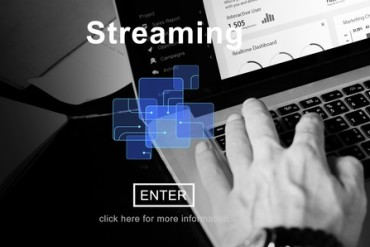
How real-time UX helped smooth transactions for a financial services firm.
Name of Organization: Skipton Building Society
Industry: Financial services
Location: Skipton, UK
Business Opportunity or Challenge Encountered:
It doesn’t matter how old and well-grounded an organization may be, it’s still difficult to keep up with events that may going on across systems and processes. That was the challenge Skipton Building Society was facing, as it sought to find better ways to be more responsive to its member-customers.
Skipton has been active for more than a century and a half, providing mortgage financing for residents across the United Kingdom. The society is part of a network of building societies supporting mortgage financing. Skipton is membership-based, and is currently the UK’s fourth largest building society, with more than 838,000 customers, £17.5 billion of assets and a national presence represented by its network of 95 branches and three agencies.
Moving into the 21st century, Skipton faces many of the challenges facing its more commercialized counterparts: ensuring that both its IT assets and services are highly available and secure; providing real-time visibility of end-user behavior, application performance and resource consumption across its entire organization; and improving IT service response and end-user experiences. As reported in a Nexthink case study, Skipton’s IT continues to evolve in order to deliver innovative and flexible financial services, but with more than 2,600 end-users running a host of applications to provide customer service, across 98 sites nationwide, the organization faces new challenges ensuring both IT assets and services are highly available and secure while handling millions in mortgages, insurance, investment and retirement planning.
Major system outages are one thing, but even a small hiccup in the society’s IT systems could cost time, money and negatively impact both the end-user and the customer experience.
Skipton currently employs a number of monitoring tools for back-end software and server management, but lacked an effective tool for end-user experience monitoring, particularly for employees using these systems. Skipton’s core system was custom designed, meaning there are few support tools in the marketplace that provide insight into how this system is being used. End-users were impacted by issues such as application crashes or random error messages, but the IT department has only back-end tools to help.
As a result of this lack of resources, Skipton’s IT team was effectively in the dark, trying to solve problems by looking at end results rather than initial causes. The society needed a way to better visualize its IT infrastructure and determine how specific combinations of end-user behavior, application performance and resource consumption impacted IT across the entire organization.
How This Business Opportunity or Challenge Was Met:
To develop a better picture across its systems and customer-member points of contact, Skipton implemented Nexthink End-User IT Analytics to visualize its IT infrastructure in real-time. The new solution is intended to help Skipton improve its IT service response and empower continued security, flexibility and profitability.
The new real-time analytics toolset was like “shining a light on a previously dark area,” according to Chris Robinson, IT infrastructure support manager for Skipton, in a case study published by Nexthink. The real-time visibility solutions provided an overall picture of the end-user experience for specific applications, and also empowered IT to answer questions from other departments. For example, in the event of a software-based vulnerability, it is now possible for Skipton’s IT team to quickly track down any affected endpoints and communicate that information to InfoSec teams rather than bringing in an expert to run specific reports and put together a detailed brief.
Measurable/Quantifiable and “Soft” Benefits From This Initiative:
As a result of its increased real-time visibility, Skipton’s IT team has been able to respond – or even prevent – IT system bottlenecks that could disrupt customer-transactions or data inquiries. In an age of heightened competition from aggressive and technology-savvy commercial financial services providers, Skipton’s differentiation is to provide more personal and up-close service to its members, and having a more flawless online experience is making this possible.
Skipton employs Nexthink, in conjunction with LANDESK Service Desk, to improve IT service response and has plans for improved information security integration that Robinson believes will “really help to spot any potential issues in our estate.” Skipton also has a number of regulatory and compliance-based projects in the works which will also be supported by the real-time analytics solution.
(Source: Nexthink)





























